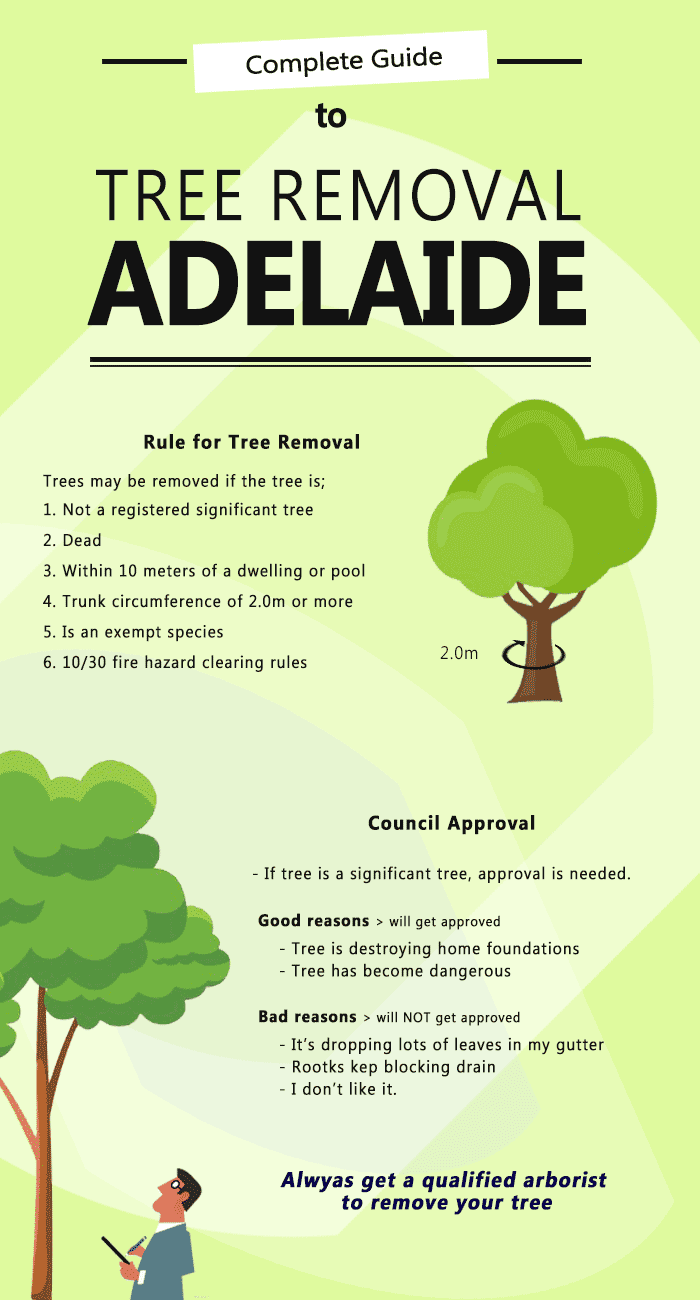Figuring Out The Correct Time For Tree Removal - A Guide For Homeowners
Figuring Out The Correct Time For Tree Removal - A Guide For Homeowners
Blog Article
Created By-Mcmahon Lucas
Trees add beauty and worth to residential property, yet they can also position a danger during severe weather events. If a tree has quit expanding, is exhibiting visible fungal growth, or has a leaning trunk, it ought to be gotten rid of by a specialist to avoid building damage and injury.
To get more information, attend a house owner resource reasonable co-hosted by HPD, the Facility for NYC Neighborhoods, and Brooklyn-based real estate companions this evening in Bedford-Stuyvesant. The occasion will include the Property owner Manual, a new guide to help house owners navigate the responsibilities of possessing a home.
1. Dead or Dying Branches
Trees are an essential part of your home's landscape, providing color and beauty. They also offer sanctuary for wild animals and produce oxygen, but also healthy trees can experience illness that might necessitate their removal. Dead or dying trees aren't just unsightly, they can be dangerous. Their branches can drop during a tornado, resulting in pricey residential property damages and injuries.
When a tree's branches start to die, it suggests that its structure is beginning to break down. If the majority of its branches are dead, it is likely time to remove it.
Look for a lack of new development, bark peeling, open injuries or cavities, fungi expanding on the trunk or origins and a basic look of degeneration in the whole cover. These indicators of infection can indicate a severe trouble that will require professional tree solutions to fix.
2. Leaning Trunk
While it's normal for trees to lean every now and then because of phototropism, if a tree has an unsafe or extreme lean that's not due to natural processes - maybe an indicator that the tree needs to be gotten rid of. If the tree is favoring a power line, home, vehicle, play structure or any other location that could be dangerous to people if it drops, then getting in touch with a professional tree service for removal must be a top priority.
It's likewise crucial to look for any kind of sudden changes in a tree's leaning as it can suggest damage to the roots or trunk that may result in falling. This is especially true during thundercloud, because high winds and rain-soaked soil can trigger a lean to transform rapidly. Regular monitoring, especially during and after storms can assist home owners recognize prospective troubles with their trees so they can call an arborist for a comprehensive assessment.
3. Parasite Invasion
Some pest invasions, such as wood-boring pests like emerald ash borer or sap-suckers like scale pests, are so serious that they can create a tree to pass away. lifesaver trees management to avoid pest infestation is to monitor your trees regularly. Look for spots, holes, or discolorations in the fallen leaves and bark. on going maintenance for splits and signs of insect damage, such as passages or tracks.
If a tree ends up being too infested with parasites, or is close to a home or high-voltage line, an arborist might advise elimination. If a leaning tree establishes a new, unpredictable lean, an arborist will likely recommend removal also to ensure the security of individuals and residential or commercial property. If a weakened or dead tree continually drops extreme branches, it is a sign that it is time to remove the tree. If a tree remains to lose branches for an extended amount of time, it might bring about architectural troubles and prospective home damages.
4. Damaged Trunk
Trees are a gorgeous and integral part of our landscape, but they do call for regular like keep them healthy and risk-free. If a tree is damaged irreparable it is most likely time for it to find down.
Seek indications of damage to the trunk, consisting of vertical splits, joints, dead branch stubs, visible wounds or open cavities and extreme tree-rot. The presence of fungi at the base of the trunk is an additional cautioning indicator. Fungi might show that the phloem and xylem (life-support cells) are endangered, enabling the spread of illness or a future failure.
Additionally, consider whether the tree has stopped expanding. Healthy trees will certainly have brand-new development yearly, which might be visible as buds or branches growing and prolonging. If you don't see any kind of new growth, it's a good concept to have an arborist evaluate the tree and follow their referral for removal. A dying or harmed tree can drop and create home damages.